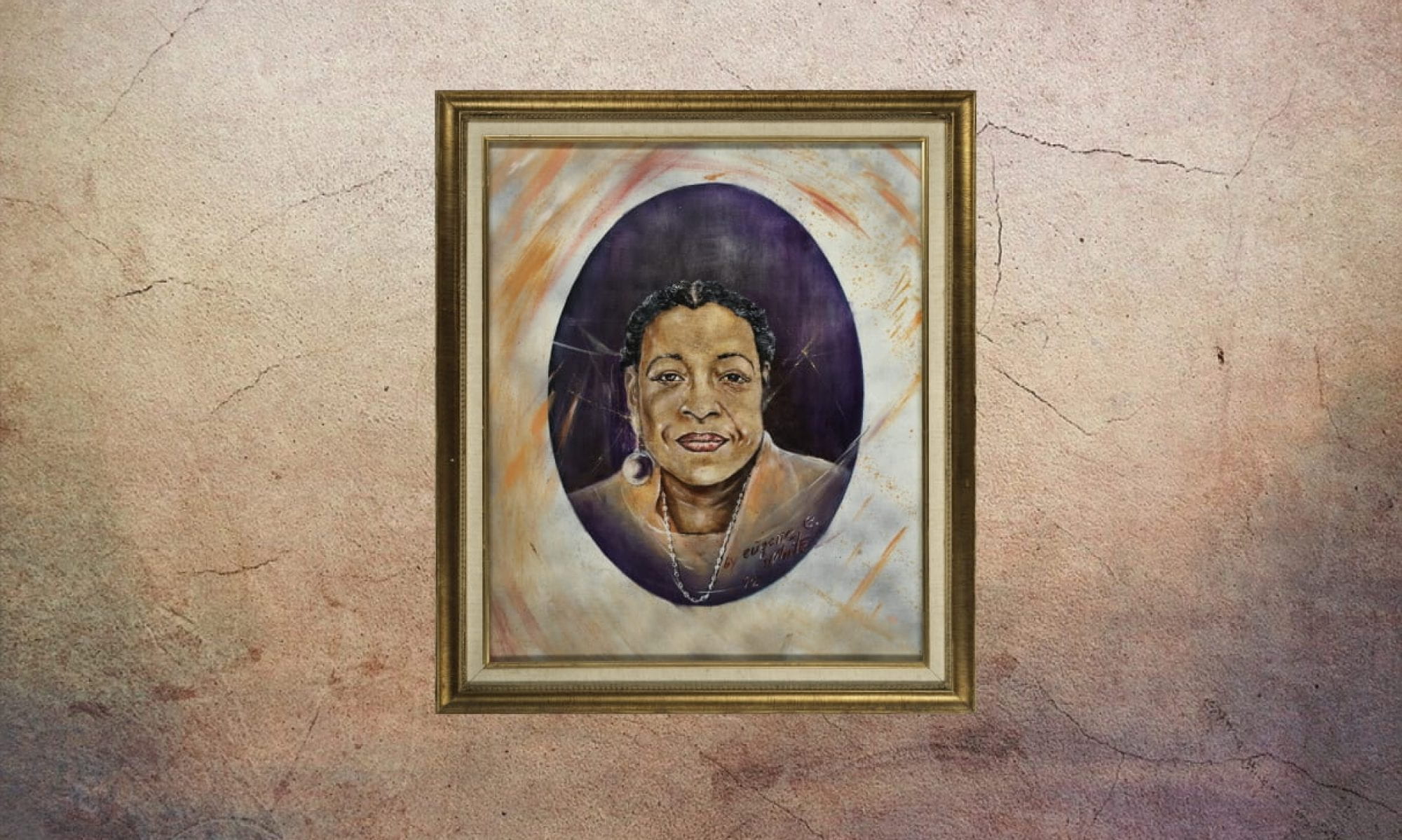
On the day of his funeral, William ‘Bill’ Chester laid still in a small church brimming with the people he had inspired during his lifetime. Jim Herman, the President of the International Longshore and Warehouse Union (ILWU), spoke fondly of Chester: “Thousands of members of the ILWU have enjoyed a better life because of Bill’s work over the years. He was a pioneer in the fight for racial equality, within the unions and in the community at large. His many civic and community activities were a credit to all of his labor. He will be very sorely missed.”
Chester was born on January 6, 1914, in Shreveport, Louisiana, and later moved to Kansas City, Missouri, when he was just one year old. Chester’s father, a railroad worker, died when he was 11 years old. After high school, Chester pursued higher education at Western College in Kansas. He attended school there for two years before he decided to put his education on hold due to the Great Depression. Soon after, he enlisted in the Army and served with the 25th Infantry Regiment, an all-black unit, for three years at Fort Huachuca, Arizona. While serving in the Army, Chester noticed the lack of black line officers. This prompted him to think deeply about civil rights and social injustices in America.
When Chester was discharged in the late 1930s, he traveled to San Francisco, where he quickly found a job as a longshoreman. When Chester first started working at the longshore local, there were only 75 African Americans working alongside him. He continued to work in the maritime industry of San Francisco from 1938 until the early 1940s when he was called back into service for the Army. He served for the entirety of the Second World War, and was reinstated to the ILWU upon returning to San Francisco.
As progressive as the ILWU was for its time, that didn’t exempt it from discriminatory behavior (despite the union’s international constitution forbidding it). Chester helped to organize a “black caucus,” or as he called it, “getting the boys together to talk over a problem.” They hoped to create constructive policies and eliminate the destructive ones.
Chester was put into one of his first positions of leadership when he was elected to be chairman of the union’s investigating committee. He also became chairman of the publicity committee for the 1948 longshore strike. It was around this time that he became more well known, even garnering enough support to be elected onto a majority white committee. He later served on the Longshore Union membership committee as chairman, and had a significant role in approving all new members. In 1951 Chester was appointed as the Northern California Regional Director by Harry Bridges, the ILWU President. He remained in that role for 18 years before he was elected ILWU Vice President. Chester was the first person of color to hold this high position in the union, allowing him to bring more people of color into higher level jobs. Shortly after ILWU’s integration, exclusively white unions like MFOW (Marine Firemen, Oilers, Water tenders) and SUP (Sailors Union of the Pacific) also broke down their discriminatory policies.
Chester believed that “the union was the community” and with this philosophy, he worked hard to fight for black and brown equity. It was through this movement that San Francisco became one of the most unionized cities in the country.
Many black members of the union were also leaders in other religious and civic organizations, so the union formed alliances with these organizations in order to elevate the community as a whole. Chester was invited to the meetings held by local ministers where he advocated for unity between clergy, community, and trade unions. He managed to get involved in every aspect of the community’s life. He encouraged black members to deposit savings and get loans from black bankers. Chester and other union leaders met with Edgar Kaiser, and asked that Kaiser Hospital hire black interns and doctors. Similarly, the union demanded there be black supervisors in City Hall. Their efforts were successful—in 1964 Terry Francois was appointed to the Board of Supervisors by Mayor John Shelley and became the first African American to serve on the board. Chester’s crowning achievement was organizing the largest demonstration of civil rights activism the Bay Area had ever seen. On May 26, 1963, 20,000 people of different walks of life marched on Market Street in a display of solidarity. The march was followed up by a 30,000 person rally. In the same year, Chester inducted Dr. Martin Luther King, Jr., into the Local No. 10 branch of the ILWU as an honorary member. Dr. King visited Local 10’s hall in 1967 to praise the ILWU’s efforts in civil rights and social justice.
In 1970, Chester was appointed to the BART Board of Directors by Mayor Joseph Alioto. He helped guide the system through its most vulnerable and volatile beginnings. Through the board’s success, he became president, and was the first person to ride an official train under the San Francisco Bay.
William H. Chester passed away on November 3, 1985. At his funeral, ILWU President Harry Bridges spoke of Chester with great admiration. Chester had an “enormous compassion for the oppressed, his hatred for racism and all forms of injustice, his defense of the right of people to be advocates, to enjoy full liberty in this system.”
— Jesse Cortes and Mei Lin
Works Cited
Cole, Peter. “Chester, William H. (1914–1985).” BlackPast.org. 2018.
Schwartz, Harvey. “Oral History of Bill Chester.” Bill Chester: ILWU Civil Rights and Community Leader 1938–1969, Volume VI, Part I. 1 May 2004.
Sixty-Two Heroes and Pioneers of the Western Addition. African American Cultural and Historical Society. 2010.
